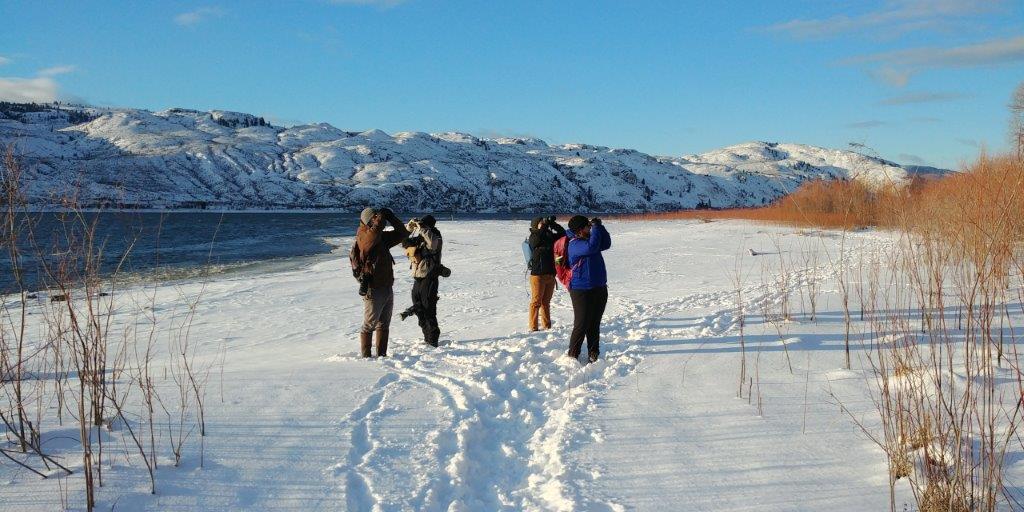By Yousif Attia, Outreach & Content Specialist and Kerrie Wilcox, Manager, Project FeederWatch
The occurrence of birds on earth is intrinsically tied to the climate. During winter, most North American birds either migrate long distances to avoid winter entirely or move shorter distances in search of food. Both of these migrant groups are affected by weather, which varies from year to year, but what happens when the change is so extreme that it gets “weird”? Results from volunteer driven winter surveys like Project FeederWatch, the Christmas Bird Count and the Great Backyard Bird Count help monitor how birds are responding to a changing climate.
The main reason the weather this past winter was so unusual was because it was an El Niño year. As the late fall progressed into early winter, it became evident that the El Niño would carry on through the winter. For many birds, this meant they were able to find food further north for longer than usual. There was little to no snow cover and the warmer temperatures allowed waterbodies that typically freeze to remain open. The presence of open water is key to the occurrence of many waterfowl and wetland birds that are able to withstand cold temperatures, as long as they can find food. It’s important to remember that warmer weather doesn’t necessarily mean a benefit to birds. Read on to learn why.
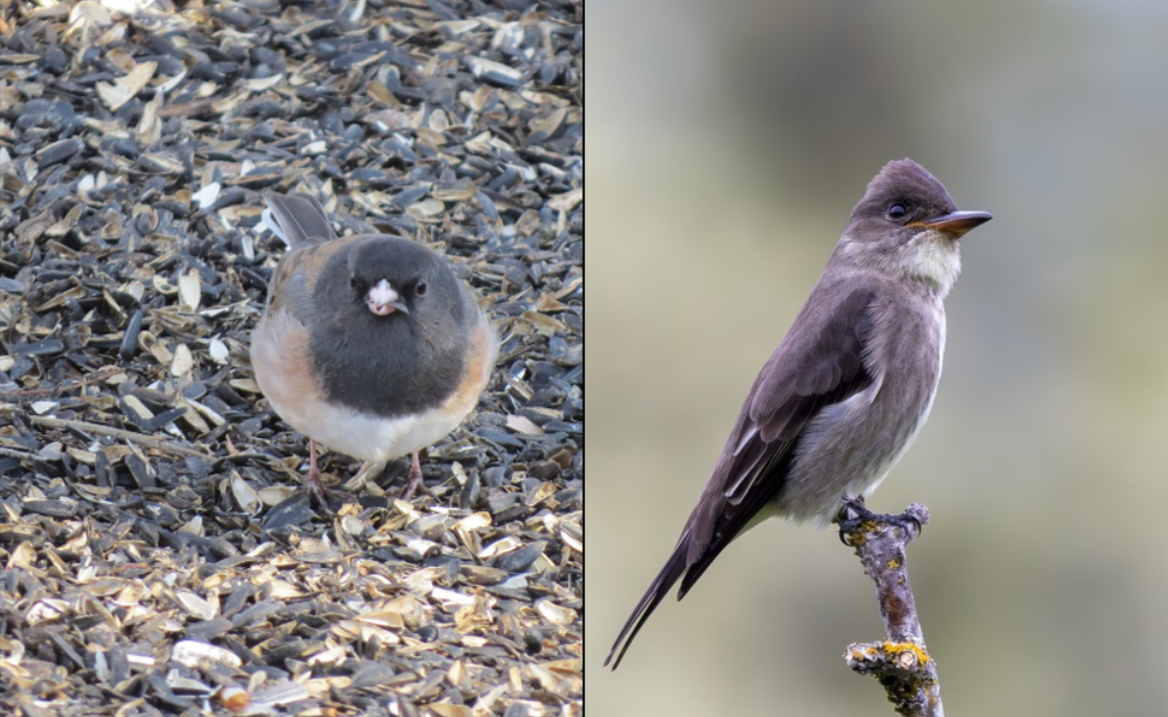
As the days shorten, and many Canadian breeding birds made their way south, the last of Canada’s neotropical migrants, like the Olive-sided Flycatcher for example, are well on their way to much warmer climates where they can continue to feed on flying insects and fruits throughout the winter. However, for many of our temperate, more hardy species, it’s a time to be greeted back to the fully stocked feeders and bird-friendly backyards. For seed-eating birds like the Dark-eyed Juncos, their wintering grounds are right here in Canada! Meanwhile, the Olive-sided Flycatcher will be in Central and South America enjoying the tropical weather. Learn more about our Avian Ambassador for 2024, the Olive-sided Flycatcher. Dark-eyed Junco (left) Photo: Jody Allair; Olive-sided Flycatcher (right) Photo: Ian Burgess
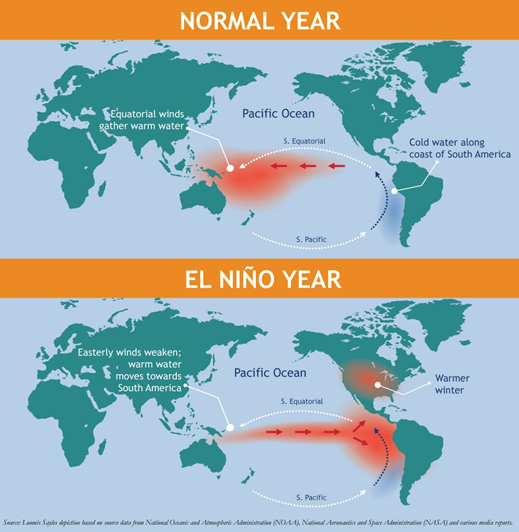
El Niño is a weather phenomenon resulting from persistently warmer ocean temperatures in the Equatorial Pacific Ocean and a shift in precipitation and atmospheric conditions. These changes, along with oceanic currents, cause extreme weather and have impacts for the environment and people all over North America. El Niño years have always been variable, but climate change is increasing the intensity and likely the frequency in which they occur. (Image source: Loomis Sayles depiction based on source data from National Oceanic and Atmospheric Administration (NOAA, National Aeronautics and Space Administration [NASA] and various media reports).
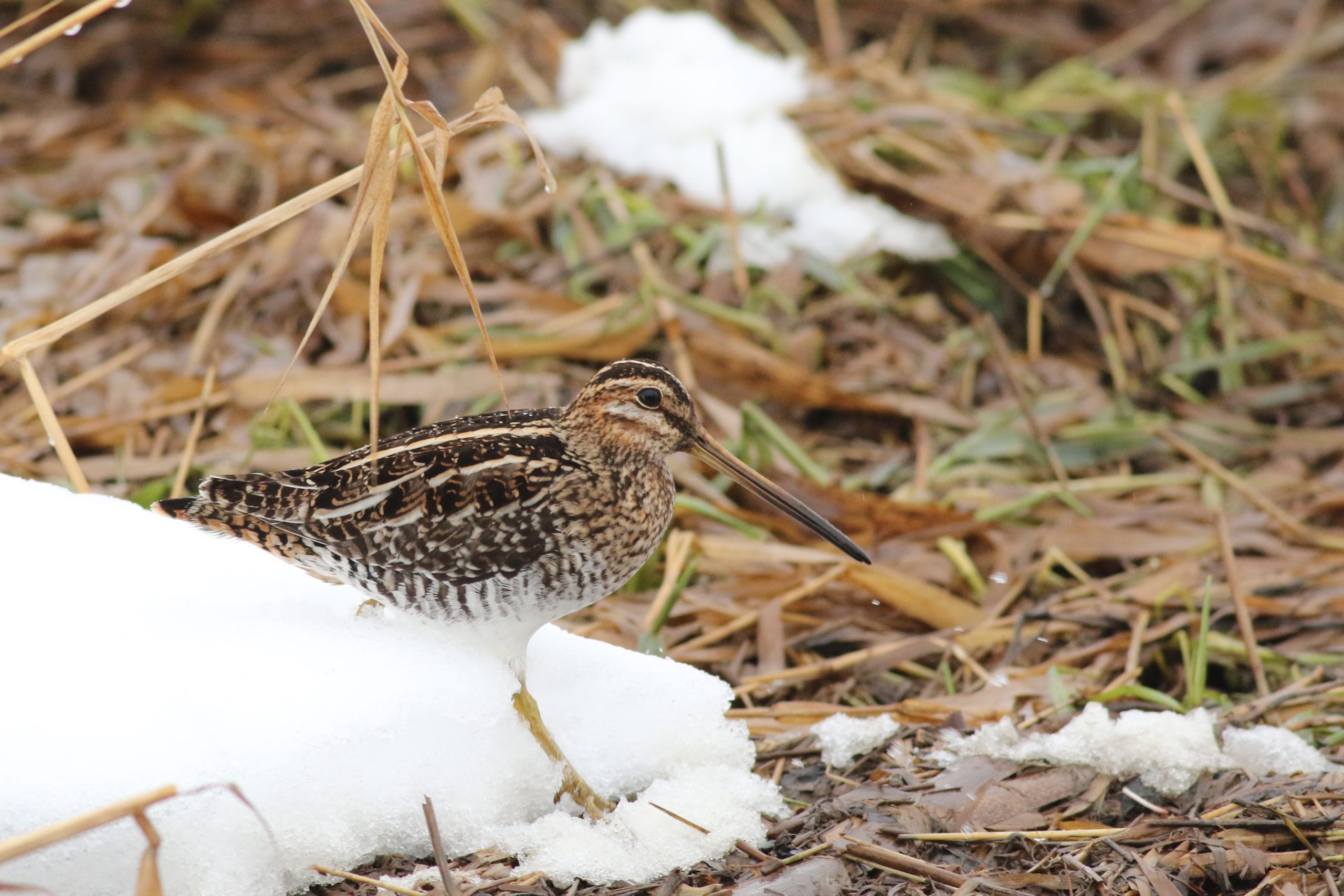
The well camouflaged Wilson’s Snipe is one of our most hardy shorebirds. A record high number of Wilson’s Snipe were reported on the Christmas Bird Counts in BC during late December, with some counts reporting three times the number expected. (Photo: Yousif Attia)
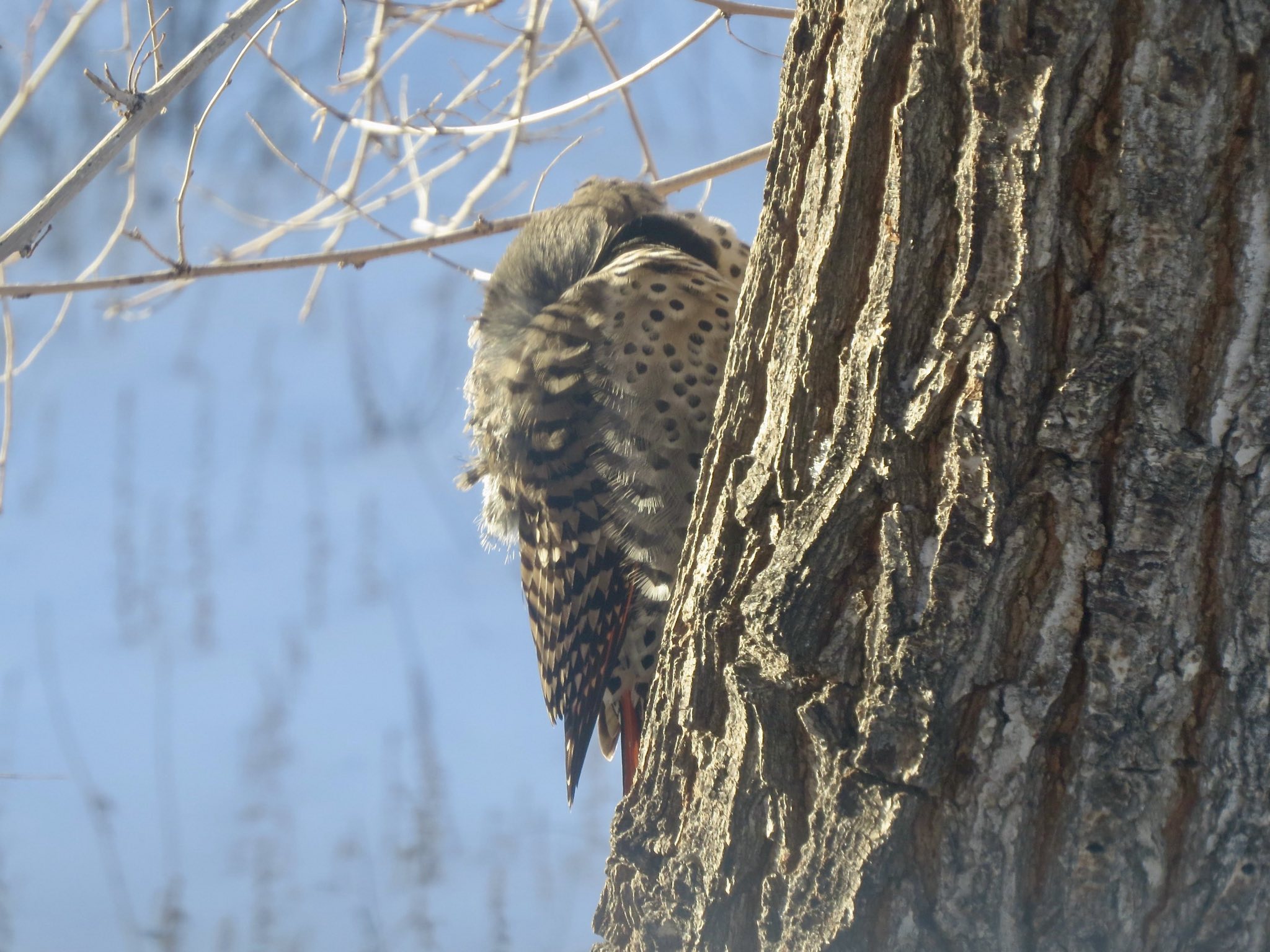
This Northern Flicker hasn’t lost its head, it’s actually tucked in under the back feathers to keep warm and conserve energy. This behavior is an example of how birds react to abrupt weather changes. Learn more about how flickers and other birds cope with extreme cold on the Warblers Podcast mini-episode. (Photo: Jody Allair)
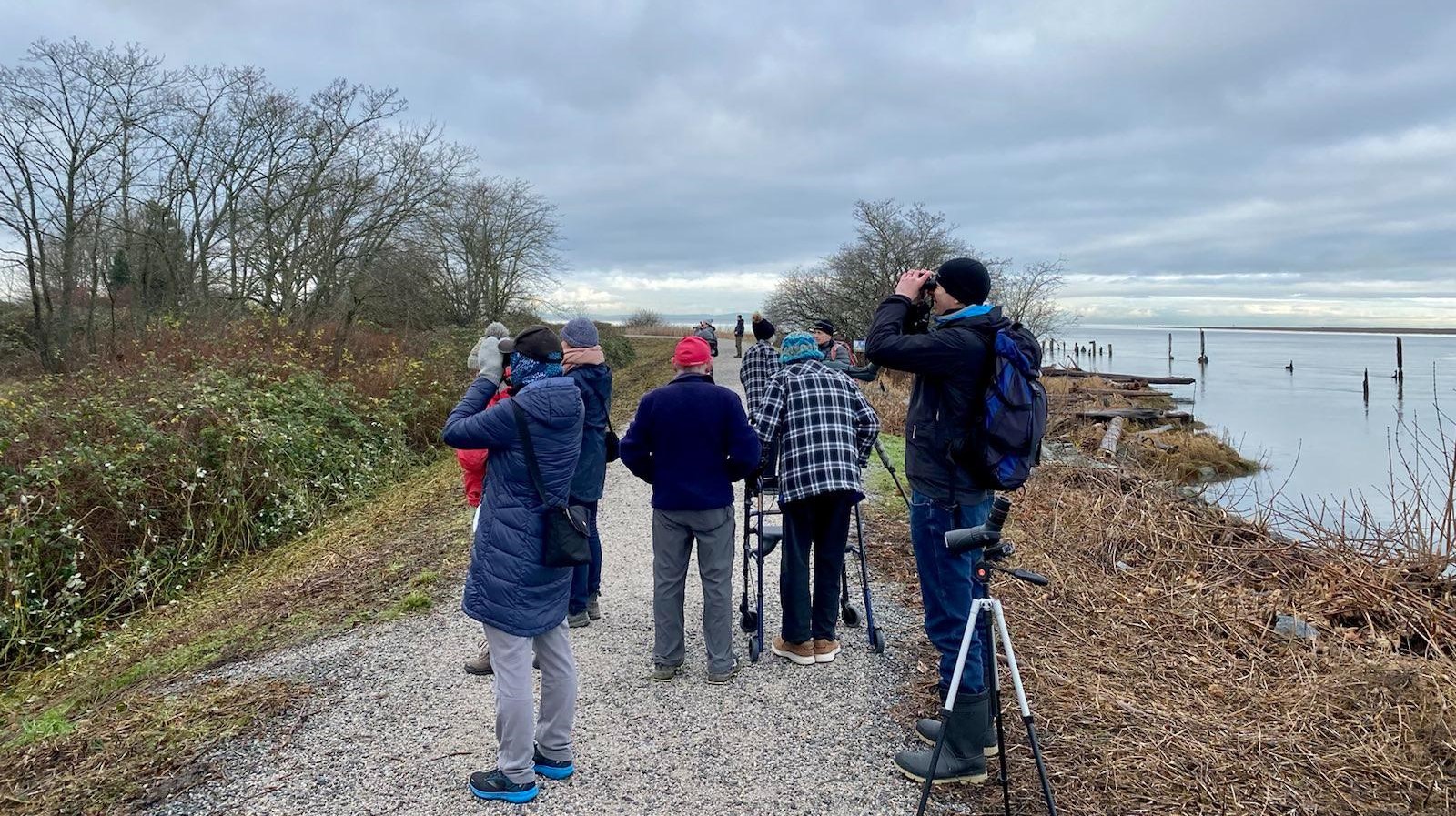
Ask long-time Christmas Bird Counters who have participated on counts for several decades and they will tell you that in general birds are less abundant than they used to be. In a relatively short time, we’ve witnessed range expansions for some species, and sadly the complete absence of many others. Without long-term monitoring, we wouldn’t have been able to document how birds have responded to their rapidly changing environment. (Photo: Yousif Attia)
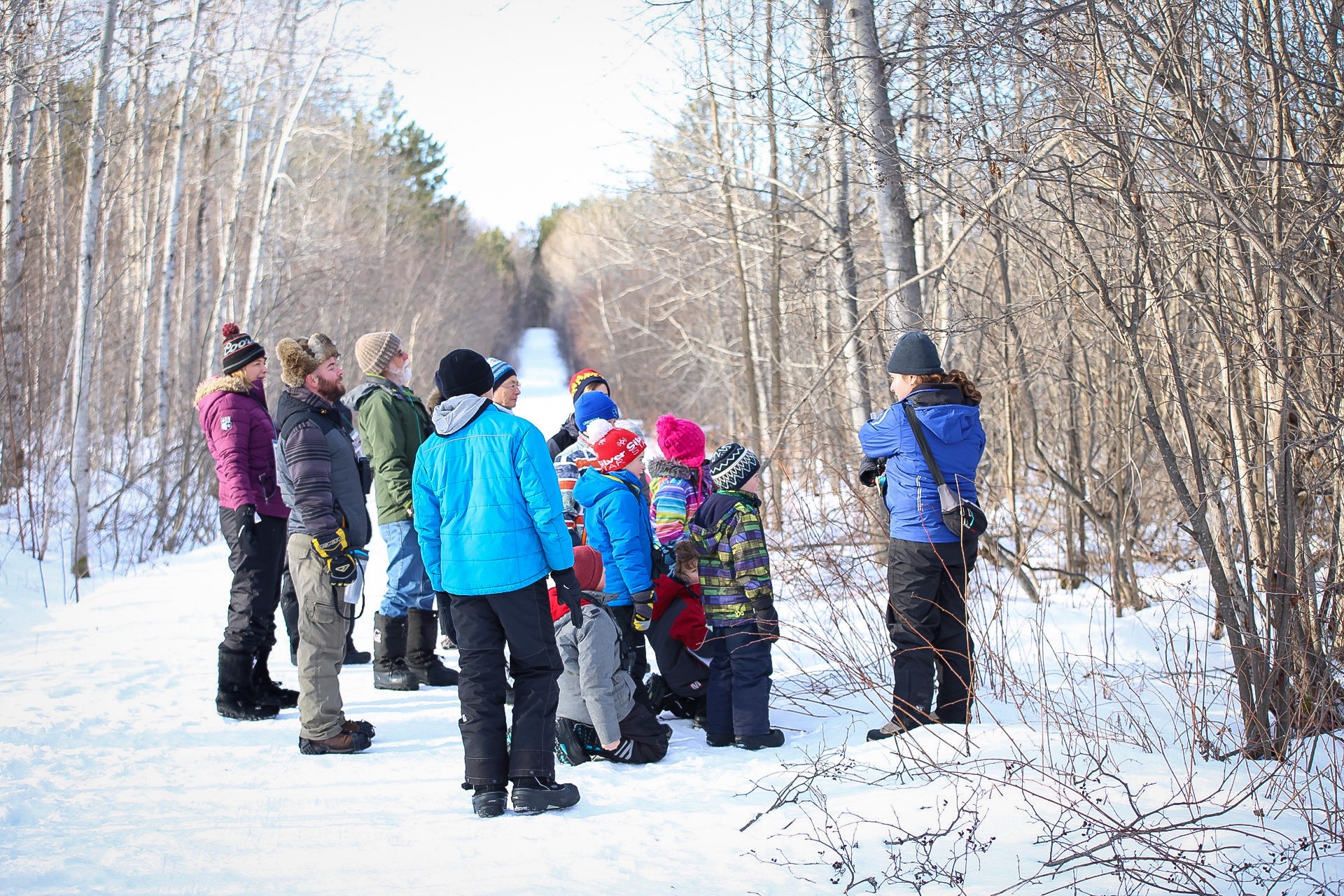
The CBC4Kids is a ‘lite’ version of the Christmas Bird Count aimed to encourage young children and families to get outside and learn about birds and the basics of Citizen Science. Learn more about the CBC4Kids, which encourages future generations to give a hoot about the natural world. (Photo: Julie Clement)
